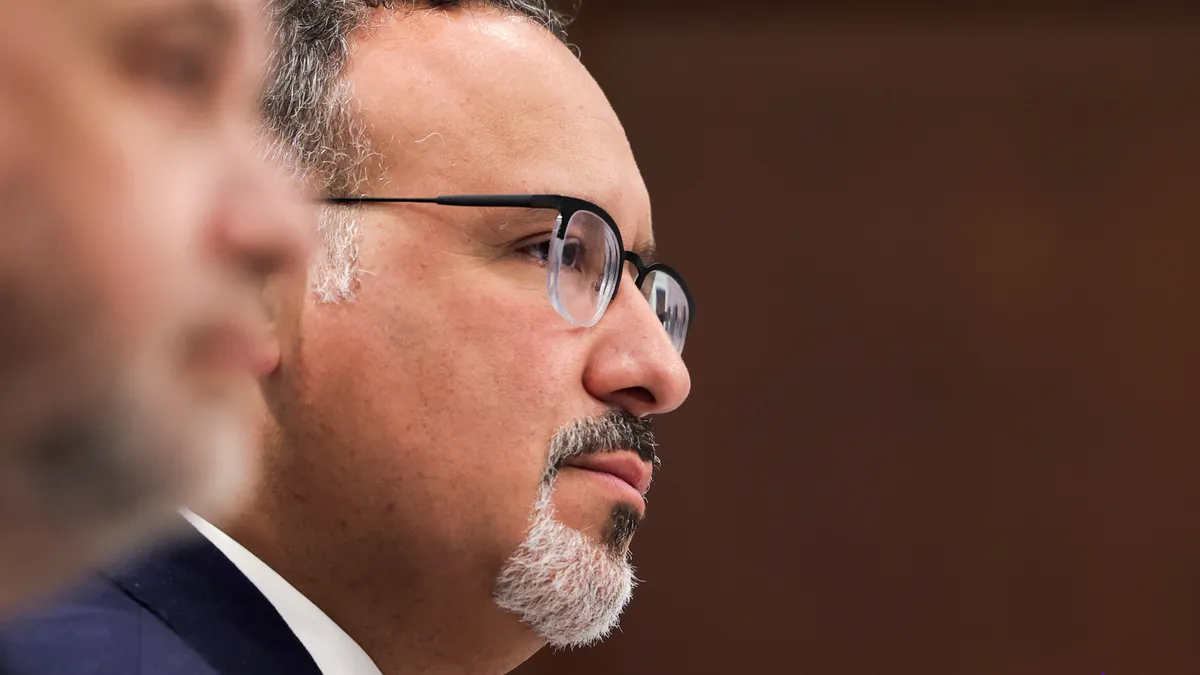Dive Brief:
- Mesa Community College, facing enrollment declines of 6% to 8% in the fall of 2016, turned to a vendor to administer a phone call campaign to attract more students. After an initial test two years ago, the college has held two more calling campaigns and has seen a 12% increase in persistence rates among current and prior-term students and has generated $3.74 million in tuition revenue, according to a report in Campus Technology.
- The Arizona college's initial campaign focused on two types of prospects: Those who had applied but hadn't completed the application process and registered for courses and students who had attended "a semester or two ago" but hadn't enrolled again. Officials said while they believed a phone call would work better than traditional mailings or emails, the institution did not have the staff to make calls to the some 40,000 prospects it was hoping to reach. Blackboard, which it had a long relationship with the college, offered to help.
- During three calling campaigns, Blackboard made contact with more than 12,000 students, resulting in 7,584 students enrolling and nearly $1 million in additional revenue, according to Campus Technology.
Dive Insight:
A 2014 report by Hanover Research showed that such calls were among the top 10 most effective recruiting techniques for private four-year universities according to admissions officers, while the top three for both private and public colleges were campus open houses, campus visits and use of the college website to encourage students to apply. One 2016 survey showed 56% of students researched colleges primarily through institutions' websites, and 58% reported that online reviews were very important to their college selection process.
That Hanover report also said careful branding is important in recruitment along with information about the quality of the college’s offerings and student outcomes, backed up by accurate data. Likewise, it said universities should pay attention to family concerns about costs, which the authors wrote is the biggest worry and which other data indicates is often misunderstood.
In a series of articles about college recruitment last year, The Atlantic reported that colleges are shifting from using demographic data to psychographics, with more reliance on prospects' attitudes and interests rather than traditional data about their location, income or test scores. It notes that institutions will have a more challenging time recruiting high-achieving, lower-income minority students who they’ll need as the pool of white students shrinks.That effort will be increasingly problematic, another report on recruitment noted, especially for budgetary reasons they need students whose families have the ability to pay a bigger portion.
Inside Higher Ed recently reported that while colleges favor recruiting face to face and seek diversity, a new study suggests they are more likely to visit high schools where family income is higher and there are more white students.
Finally, some institutions, like Guilford College in Greensboro, North Carolina, enlist parents and alumni volunteers in efforts to visit with prospective students at college fairs and in interviews and help with postcard and phone call campaigns.








